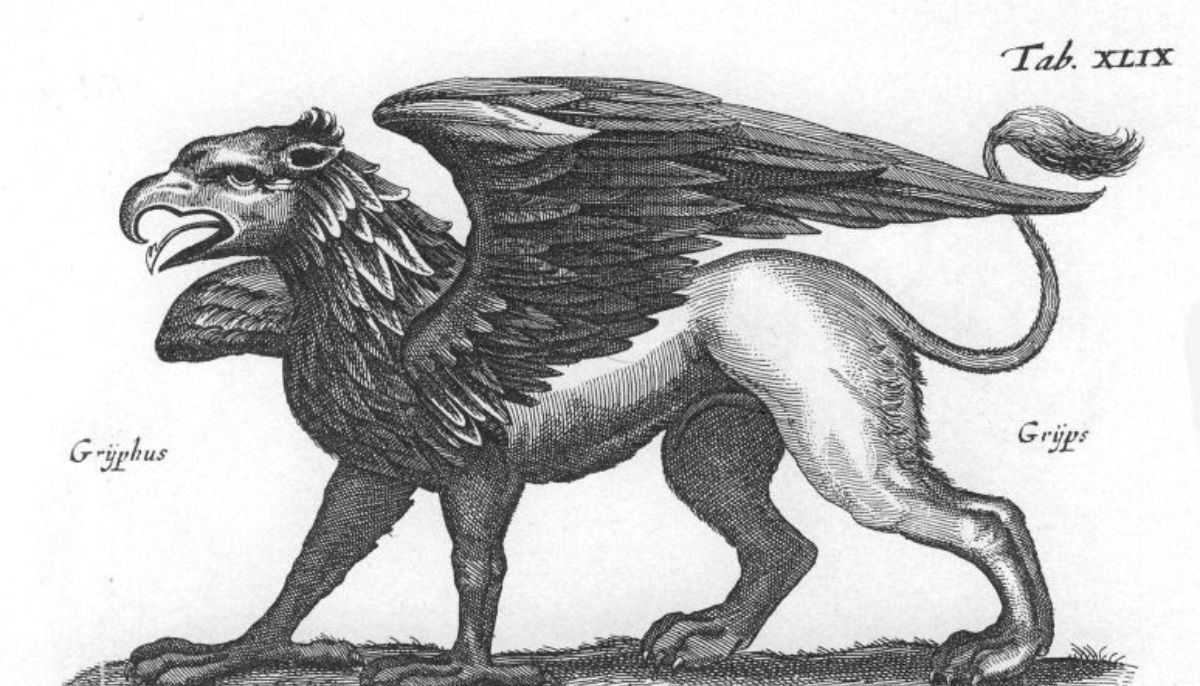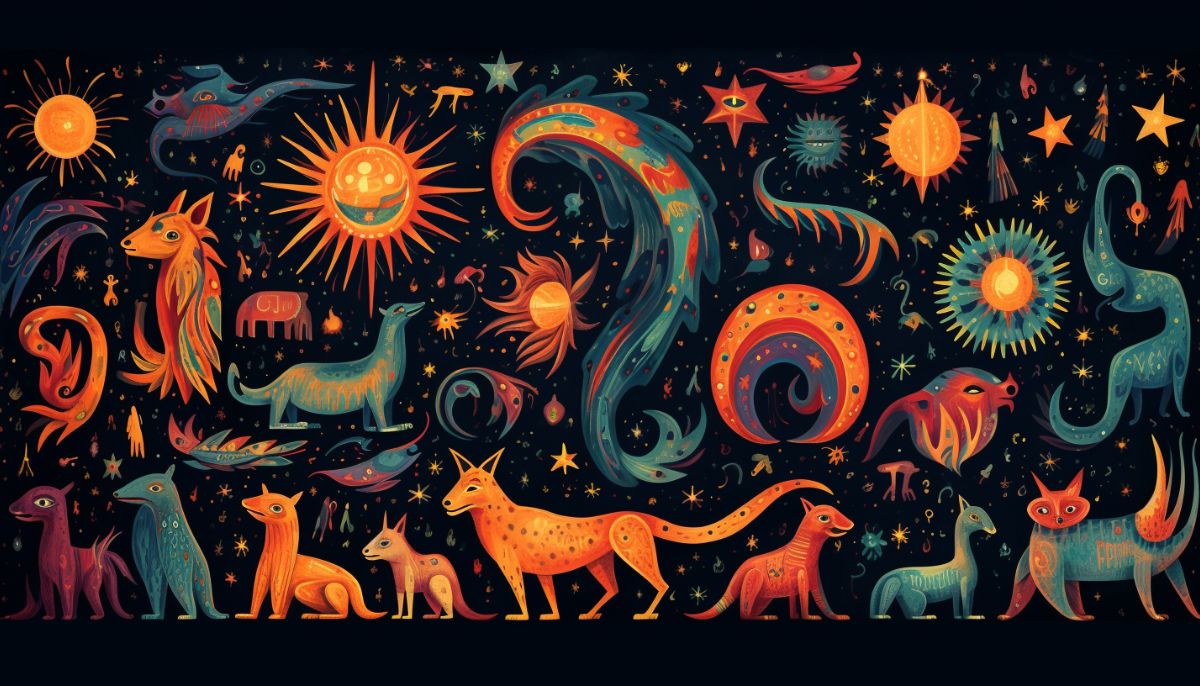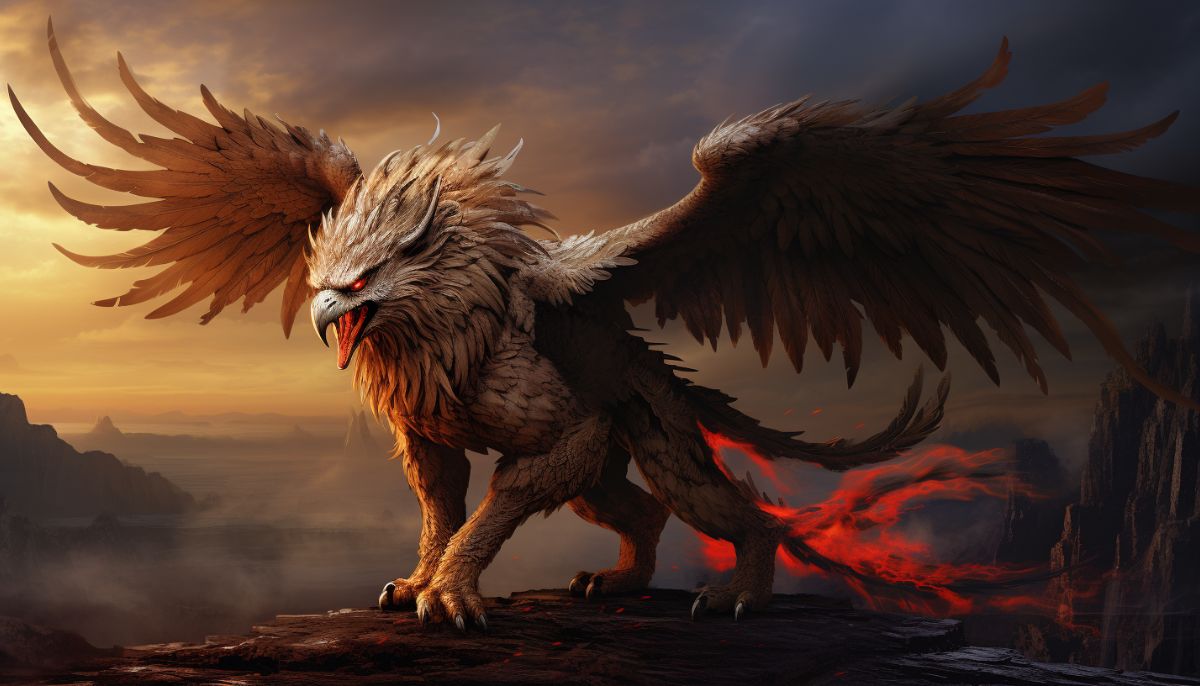Explore the enigmatic world of griffins in Greek mythology, where these majestic creatures, part eagle and part lion, held a place of awe and reverence.
From their ancient origins in the Hyperborean Mountains to their symbolic significance in Christian allegory, griffins have left an indelible mark on cultural narratives.
This article delves into the captivating stories, Christian symbolism, and medieval interpretations surrounding griffins, shedding light on their enduring legacy alongside similar mythical beings of ancient Greece. Join us on a journey through time and myth as we unravel the mysteries of these legendary creatures.
What do Griffins look like?

Griffins, often portrayed in ancient Greek art and later in medieval heraldry, are mythical creatures with the head and wings of an eagle fused with the body of a lion.
Their origins lie in the Rhipaean mountains, nestled between the Hyperboreans and the one-eyed Arimaspians, guarding coveted deposits of gold.
This fascinating blend of eagle and lion in their form is a testament to the ancient roots of the belief in griffins, possibly originating in the East.
Hesiod, an early Greek poet, was among the first to mention them, and they later became prominent in various ancient accounts, guarding the wealth of India. Their presence in art, such as on the helmet of Athena’s statue by Phidias, further solidifies their iconic status in Greek mythology.
griffins in Greek mythology
Before griffins took their place in Greek mythology, their roots extended far beyond the ancient Hellenic world. Likely originating in the distant realms of Mesopotamia and Persia, these enigmatic creatures were significant in ancient Eastern cultures.
Now, let’s turn our gaze toward the Greek sources that forged the enduring legends of griffins.
Hesoid’s Griffins
Hesiod is believed to be the first to mention griffins, while the poem “Arimaspae” by Aristeas also featured them prominently.
Later, they were associated with the fabulous creatures guarding the gold of India. According to legend, the Arimaspians, mounted on horseback, attempted to steal this treasure, creating a lasting enmity between them and the griffins.
Herodotus’s version
Herodotus, the historian, recorded intriguing accounts of griffins. According to him, the Arimaspians, characterized as one-eyed men, clashed with griffins over the coveted gold.
The Skythians further embellished this lore, claiming that the Grypes fiercely guarded the precious metal. These creatures, described as large as wolves with lion-like features, were believed to possess extraordinary strength.
Ctesias’s account
Ctesias, a Greek historian, provided additional insight into these creatures. He described griffins as four-footed birds resembling lions, boasting claws akin to those of their feline counterparts.
Their breast feathers were red, while the rest of their bodies were black. Though gold was abundant in the mountains they inhabited, obtaining it was challenging due to the vigilant Grypes.
These classical sources, rooted in the ancient world’s rich tapestry of myth and legend, contribute to the enduring fascination with griffins in Greek mythology. They were seen as both formidable adversaries and guardians of coveted treasures, leaving an indelible mark on ancient Greece’s cultural and artistic landscape.
Symbolism and Legacy of the Griffin
In medieval lore, Griffins were believed to be creatures of unwavering loyalty. If one partner perished, the surviving griffin would lead a solitary life, eschewing the pursuit of a new mate. This fidelity imbued the griffin with symbolism associated with the Church’s stance against remarriage, although this interpretation remains a subject of debate.
The idea that griffins laid stones or agate instead of eggs emerged at a certain point in the evolution of griffin mythology.
In the 13th century, Albertus Magnus attributed to earlier writers the belief that griffins placed an ‘eagle-stone’ or agate among their eggs to influence temperature and promote reproduction.
Christian Symbolism
In the 7th century, Isidore of Seville described griffins without any overt Christian allegorical interpretation, categorizing them as “beasts of prey”.
According to him, griffins were winged quadrupeds with the body of a lion, wings, and heads like eagles, and a fierce enmity towards horses. This portrayal was rooted in ancient beliefs about griffins being protectors of gold, often depicted in combat with horses.
Over time, in Christendom, the griffin’s dual nature as a union of an aerial bird and a terrestrial beast symbolized Jesus, embodying humanity and divinity. Some commentators even pointed to Dante’s “Purgatorio” where a griffin draws a chariot as evidence of this interpretation.
A different perspective suggested that the griffin represented the papacy rather than Christ himself. This interpretation drew from depictions like that in Herrad of Landsberg’s “Hortus deliciarum” manuscript, where the griffin was clearly associated with the Church.
The griffin found its way into Christian art, often sculpted onto churches, further solidifying its place in Christian symbolism.
Claw, Egg, Feather
Medieval lore ascribed medicinal properties to a griffin’s claw, while its feather was believed to restore sight to the blind. While not universally supported, these beliefs reflect the perceived mystical properties associated with the creature.
By the 12th century, the griffin’s appearance was standardized – a creature with a lion’s body, eagle wings, and mask-like face. Although its forelimbs remained ambiguous, heralds clarified the depiction.
The griffin is a captivating symbol that has traversed cultures and centuries, embodying themes of fidelity, divinity, and strength. Intertwined with Christian symbolism and medieval lore, its legacy inspires fascination and artistic expression.
In Greek mythology, the Griffin finds kinship with other remarkable creatures like the Chimera, a fire-breathing hybrid, and the Sphinx, a guardian of knowledge.
Together, these mythical beings enrich the tapestry of ancient beliefs, offering enduring lessons and captivating the imagination of generations past and present.
Want to know more about the creatures and monsters of Greek Mythology?

Explore more articles like this in our broader series on Greek monsters. To delve even deeper into the world of mythical creatures, be sure to check out our comprehensive hub article on the monsters of Greek mythology.






